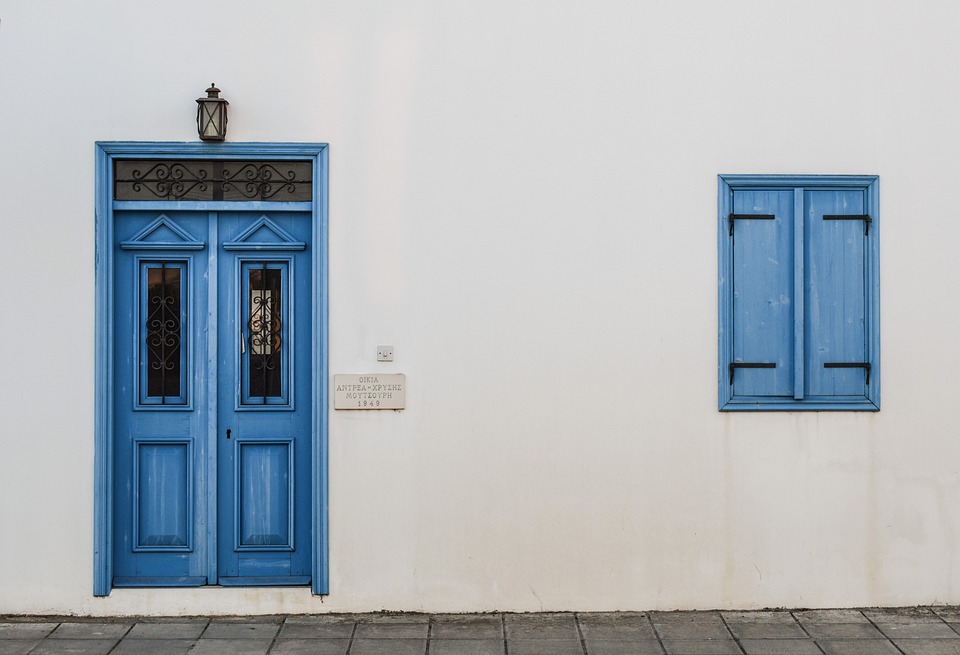
When exploring property listings, it’s not unusual to encounter listings for houses priced at $10,000 or even lower. Initially, it might appear as a remarkable opportunity – a chance to possess a residence for a fraction of the price of a typical house. However, do these $10,000 properties seem too good to be authentic? In this article, we will delve into the realities of purchasing a property for such a nominal price and whether it’s a prudent investment.
There are various reasons why houses could be listed for $10,000 or below. Sometimes, the property might be in a state of disrepair, with extensive damage that would necessitate a substantial investment to render the house habitable. On other occasions, the property might be situated in a distressed neighborhood or possess other aspects that render it less appealing to potential buyers.
One prevalent explanation for properties being listed at such a reduced price is foreclosure. If a homeowner fails to meet their mortgage obligations, the lender can foreclose on the property and auction it publicly to recuperate the owed funds. Occasionally, these foreclosed properties might be sold for notably less than their market value, resulting in affordably priced properties.
Another reason for properties being listed for $10,000 or less is that they could be part of a tax lien sale. When a property owner defaults on their property taxes, the government can impose a lien on the property and sell it to recover the outstanding taxes. These tax lien sales could lead to properties being sold at extremely low prices, appealing to investors seeking a bargain.
Although $10,000 properties may sound like a bargain, several considerations need to be taken into account prior to making a purchase. Primarily, it’s vital to conduct a thorough inspection of the property to gauge the extent of any required repairs. A property priced at $10,000 may have significant structural deficiencies or other issues that could turn it into a financial burden in the long term.
On top of repair costs, buyers should also factor in additional expenses associated with procuring a low-priced property. Closing costs, property taxes, insurance, and utility expenditures can accumulate, underscoring the importance of including these costs in the overall budget for acquiring a $10,000 property.
Another aspect to ponder when purchasing a $10,000 property is its location. Properties priced at such a modest price range are often positioned in distressed neighborhoods or areas with elevated crime rates. While certain buyers may overlook these aspects in exchange for an inexpensive home, others might find them to be deal-breakers.
When contemplating the acquisition of a $10,000 property, evaluating the potential for appreciation is essential. While some investors may perceive these budget-friendly properties as an opportunity to renovate and sell for a profit, others might witness stagnant or declining property values over time. It’s imperative to meticulously analyze the market trends in the vicinity before finalizing a purchase.
One potential hazard of purchasing a $10,000 property is the risk of undisclosed liens or other title issues. Conducting thorough due diligence is critical when acquiring any property, especially when purchasing a house at such a low price point. Buyers should collaborate with a real estate lawyer to confirm the title’s clarity and ascertain the absence of pending debts or liens against the property.
In addition to the pitfalls of procuring a $10,000 property, there are also potential advantages to acquiring a property at such an economical price. For buyers on a constrained budget or those seeking a deal, a $10,000 property could be an economical pathway to homeownership. With some personal effort and investment in refurbishments, these budget-friendly properties could potentially evolve into a cozy and livable abode.
Furthermore, investors keen on broadening their real estate holdings might view $10,000 properties as a chance to accumulate properties inexpensively. By procuring multiple low-cost properties, investors can diversify their risk and potentially realize a substantial return on investment if the properties appreciate in value.
Ultimately, the veracity of $10,000 properties being remarkably advantageous hinges on the specific circumstances of the property and the buyer. While these economically priced properties may present an opportunity to own a residence at a fraction of a typical house’s cost, there are also risks and hurdles to bear in mind. Prospective buyers should meticulously evaluate the positives and negatives before committing to acquiring a $10,000 property.
To conclude, $10,000 properties available for sale can entice buyers seeking an affordable path to homeownership or investors aiming to enrich their real estate portfolio. Nevertheless, it’s crucial to approach these properties cautiously and conduct detailed research on the property, its surroundings, and potential risks before finalizing a purchase. Through this methodical approach, buyers can make an educated decision on whether a $10,000 property is genuinely as enticing as it appears.

